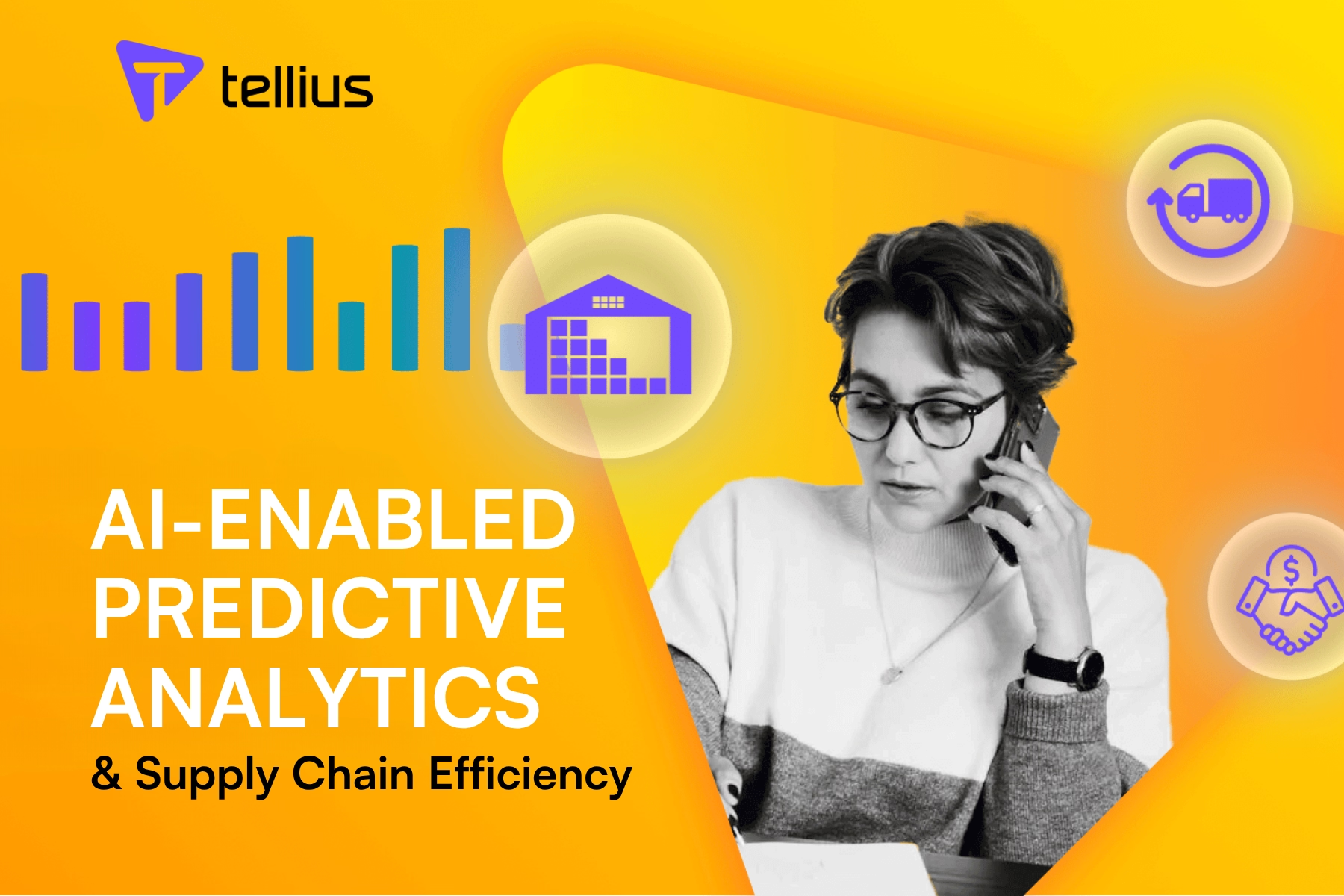Does your Business Intelligence and Analytics mission feel like Mission Impossible?

Business intelligence platforms should deliver one thing: insight into the data that matters to your commercial activities. It should drive growth, provide analysis and ultimately guide your business strategies: for increased profit, for consistent growth and for business decisions that are simply smarter.
Yet change is afoot for the world of BI – and despite ever evolving and advancing technology that can power such platforms all too many businesses are being slowed down by legacy BI solutions.
Here we take a look into what the systems of tomorrow are promising in contrast to these, drawing upon some examples where the world’s most profitable companies are already empowering their position; and we finish upon to-the-point benefits for the average company that embraces the BI solution of tomorrow, today.
Looking ahead to the future
The realm of Business Intelligence has never been so fluid: big data, cloud services and predictive analytics are each contributing to excitement and advancement in equal measure. Yet IT departments in companies around the world are hesitant to take the plunge.
This hesitancy is far from a new phenomenon. In fact, it’s almost a typical occurrence, where organizations want to hold firmly onto legacy BI solutions that have sapped up so much investment over the years, and that continue to provide them with the central governance and control that they’ve become accustomed to.
Gartner (a world leader in IT research) have outlined three important visions for the Business Intelligence platform of 2018; and their predictions may well serve as points to ponder for the organizations who finds themselves in this all too common position.
- Most businesses, and the analysts in these businesses, will have access to self-service tools – tools that will help them prepare data for analysis as modern BI platforms begin to be deployed.
- Most stand-alone self-service data preparation systems will expand into either an end-to- end analytical platform, or be integrated into the features of an existing analytics platform.
- Smart, governed, Hadoop-based, search-based and visual-based data discovery will delivery next generation data discovery. This data discovery will include both self-service data preparation and natural-language generation.
Taking a look at self-service data preparation and natural-language generation
Self-service data preparation and natural-language generation: for the layman, outside of the technological realm, these areas of advancement for BI platforms mean one thing: that even the most non-technical of users will be able to pose real-world business questions and harness analytics that aid their role. In short, this means that the upcoming BI platforms will only become ever more user-friendly – even for those who may describe themselves as a complete IT novice.
Take a leaf out of the book of some of the world’s largest companies
Google and Amazon are amongst the most profitable companies in the world – and these companies have something important to demonstrate in relation to BI: that value isn’t gained by giving customers information, it is gained by providing them with shortcuts to decisions and actions.
Most notably they illustrate two important pointers for the effective BI systems of the future:
- Interfaces should transform into their simplest version.
- Man must work alongside machine – and work towards accurate answers, that are delivered instantly.
The four promises of the BI of tomorrow
The insight that we’ve covered so far may well be enlightening, yet the following four pointers drill down into the benefits of emerging BI technology for the typical business.
- Internal and external data will converge
For the average business, this means better insight that draws upon both market data, as well as data that comes from internal activities, such as product sales.
- Questions can be asked in a more natural way
For the average non-technical person, this empowers them in gaining insight into the data that is now at their fingertips.
- Dashboards are simpler, more user friendly and more flexible
For activities business-wide this means different departments, and users with differing technical expertise, will face faster analytics through processes that are more intuitive.
- Users across businesses will work better together
Collaboration will become a more seamless process – for example, an engineering department may not need to focus on making sales, but they may have a need to see what orders are in progress, and which are about to complete. This would aid planning, preparation and organization. Conversely, for those in the sales department, the typical salesperson can gain real insight from the aggregate data collected upon his and her leads. And these examples go on and on, for every department and job role the modern BI system offers insight into the data that matters to them, and reports that can help their department function better and, most importantly, function better together.
Mission perfectly possible: For those who invest in modern BI
Today, many businesses are using outdated, outmoded and cumbersome platforms that are anything but helpful for guiding business decisions; and for those who remain upon these lackluster offerings there lies only potential to be overtaken by competitors who tap into the more innovative platforms of tomorrow.
For those on legacy systems – all of this should serve as a stark WARNING.
Yet for others who harness the BI systems that are coming to the fore, there lies only fresh opportunities for accessible data available across the board – for every department, for every type of user and for analytics that only becomes ever smarter.
About the Author:
Ajay Khanna is CEO and Founder of Tellius with vision to re-define data intelligence. Ajay has background with building and growing successful innovative startups. He is a passionate Tech innovator with experience in building new technologies and disruptive business models. Ajay was previously CTO of Celcite, the leading company to build and launch SON (Self optimizing networks) solution and played key role in scaling the company with successful exit. Please visit Tellius for further information.
Get release updates delivered straight to your inbox.
No spam—we hate it as much as you do!


AI-Enabled Predictive Analytics & Supply Chain Efficiency

Supply chain leaders face rising complexity, unexpected disruptions, and growing pressure to optimize operations. In this post, we explore how AI-powered predictive analytics unlocks faster demand forecasts, anomaly detection, and proactive decisions across the value chain. Learn how modern analytics platforms like Tellius help teams go from reactive to resilient.

